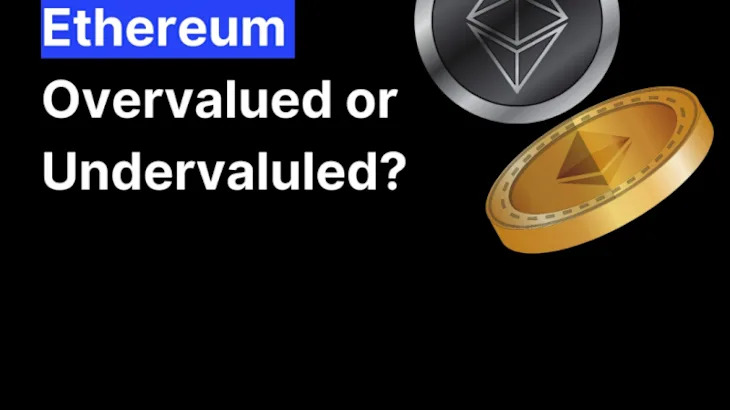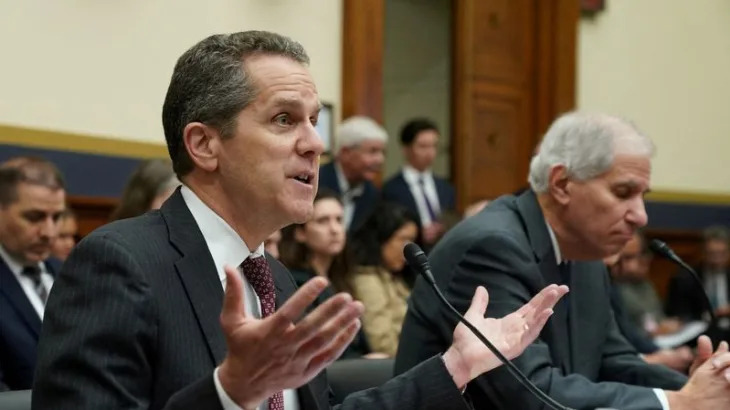This story was originally published on BioPharma Dive . To receive daily news and insights, subscribe to our free daily BioPharma Dive newsletter .
Dive Brief:
Dive Insight:
Madrigal is once again answering critics who have doubted the company’s ability to create a significant market for Rezdiffra. A New England Journal of Medicine editorial published before the drug’s approval described its benefits as “modest,” and many were surprised at Madrigal’s decision to price a year’s worth of treatment at $47,400 , well above the $30,000 estimated by some analysts.
In addition, diagnosis of the disease can be difficult. It often hides in a patient’s body for years and is usually confirmed through a liver biopsy. Some symptoms can be treated through diet and exercise, raising questions about whether an expensive treatment would be cost-effective.
But from the start, Rezdiffra sales exceeded expectations. In its first quarter on the market, the drug brought in $14.6 million, topping consensus expectations of about $4 million. Third-quarter sales climbed to $62 million, beating estimates of $36 million. Full-year revenue reached $180 million.
The “bull” case for the drug is peak sales of more than $5 billion, based on the argument that diagnoses of MASH will increase and Madrigal is positioned to capitalize on an already strong launch, Cantor Fitzgerald analyst Prakhar Agrawal wrote in a note to clients this week. The “bear” case notes that doctors may be less inclined to prescribe Rezdiffra if popular GLP-1 drugs enter the market, he said.
Novo Nordisk last year announced positive Phase 3 results in MASH for semaglutide, already sold under the brand names Ozempic for diabetes and Wegovy for obesity. And this week, the company said the FDA has accepted its application to expand approval of the GLP-1 drug to treat MASH as well.
Until Madrigal won approval last year, drugmakers had repeatedly failed in quests to introduce a new treatment for MASH, previously known as NASH. Intercept Pharmaceuticals faced two separate rejections from the FDA after announcing positive study results and abandoned the field; other companies never made it past the research stage.
Recommended Reading





